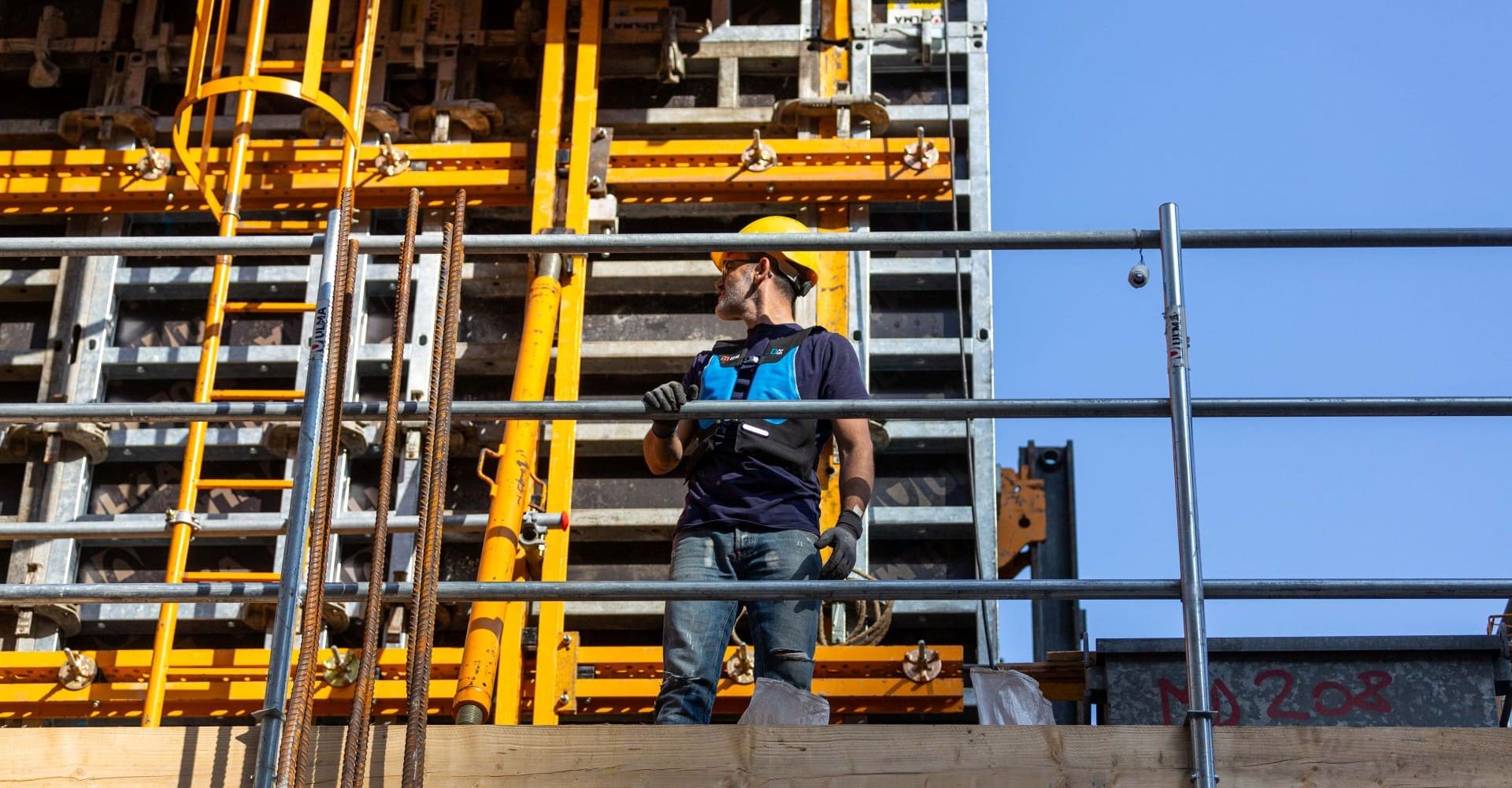Within a company, safety in the workplace is not just a simple regulatory obligation, but a fundamental strategic asset. There is a frequent tendency to underestimate the risks or to believe oneself to be immune against workplace accidents, a cognitive phenomenon known as “overconfidence”. This distorted perception, often associated with a potential “under insurance”, can result in the costs incurred for safety being considered as an expense rather than an essential investment. The direct repercussions of this dynamic are an increase in the risks and negative consequences of workplace accidents within an organisation.
Overconfidence: a hidden risk in prevention of workplace accidents
There is frequently an attitude of overconfidence in a company’s approach to safety. Many companies, although they satisfy their regulatory obligations, encounter difficulties in incorporating workers’ safety as an essential component of their business model. However, a more sizeable investment in safety turns into a tangible financial benefit. Sector studies estimate that “lack of safety” accounts for an average 3.5% of domestic GDP, equal to around Euro 45 billion. Placed in proportion to individual workplace accidents, the average cost is around Euro 64,000 per accident.
Financial impacts of workplace accidents
Quantifying the costs associated with workplace accidents precisely is often complex, particularly insofar as concerns Italian statistics. In addition to direct sanctions, there are numerous “hidden costs”, ranging from a reduction in production capacity to the use of overtime work by colleagues, delays in fulfilling contracts, and internal turnover or the need to retrain employees. To these must be added the days of absence and the costs of immediate management. It is estimated that a workplace accident can result in a cost for the company that is around five times the employee’s salary. This figure highlights how management of company health and safety should be considered as a strategic item on the balance statement, on a par with other fundamental ones.
Workplace injuries statistics and the importance of prevention
In 20244, deaths in the workplace remained stable at over one thousand cases, while workplace accidents in Italy increased slightly, by 0.7%, standing at 589,571 cases, compared to 585,356 in 2023. The percentage of GDP absorbed by workplace accidents is over 3%.
The construction industry remains one of the most affected and recorded the highest number of victims in 2024. In detail, around 4% of injuries and 10% of deaths in the workplace are caused by falling from a height and injuries to the backbone, highlighting just how crucial safety in work at heights is.
Innovation for safety in work at heights
WorkAir, the wearable airbag for protection of workers working at heights, is a virtuous example of how companies can go beyond their legal obligations to protect the well-being of their workers and reduce the number of workplace accidents. Adopting innovative solutions like WorkAir should not be considered as an abundance of caution, but as an investment in human capital, which is particularly important for companies operating in situations characterised by work at heights.
Learn more about the airbag for protection of workers working at heights. Contact the WorkAir experts!





